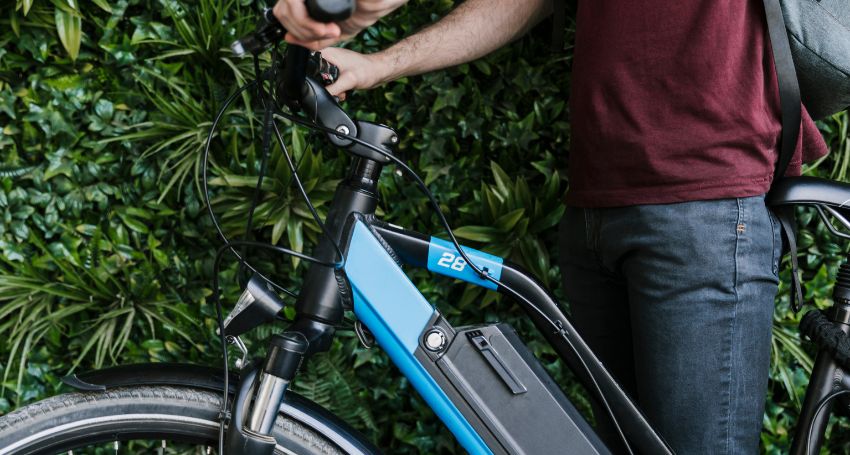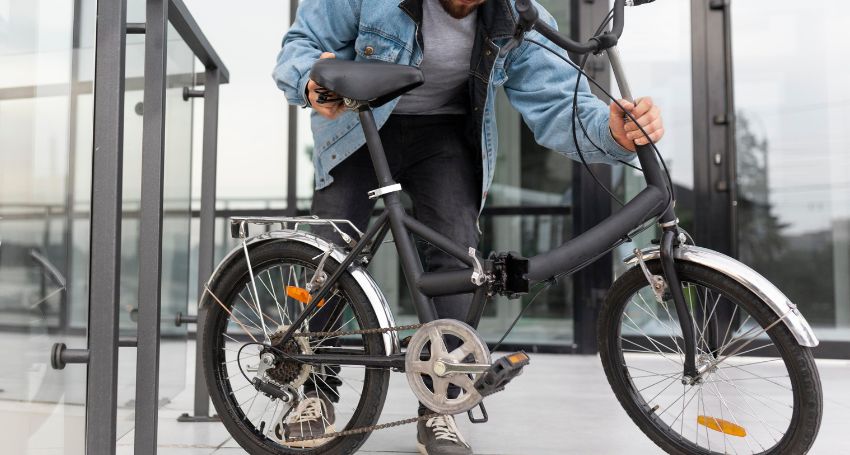
The difference between brushed vs brushless motor is one of the most important topics in electric motor technology. Whether you are exploring the types of DC motor, comparing brushed vs brushless electric motors, or looking for the best battery-powered motor for an e-bike or electric car, knowing how these motors work will help you make smarter choices. At Electric Motor Feed, we simplify the technical details so you can focus on what matters: performance, cost, and long-term reliability.
Understanding the Basics of Electric Motor Technology
Electric motors transform electrical energy into mechanical motion, powering everything from power tools to electric cars. Two of the most widely used DC motor types are brushed and brushless motors. Both are part of the same DC motor family, but the way they deliver current and create motion sets them apart.
A brushed DC motor uses carbon brushes and a rotating commutator to transfer electrical current to the rotor. As the brushes make contact, they physically switch the direction of the current, causing the rotor to spin. A brushless DC motor (BLDC) eliminates the brushes entirely. Instead, it relies on an electronic controller to switch the current in the stator windings, while the rotor contains permanent magnets. This key difference drives performance, efficiency, and maintenance requirements.
Brushed vs Brushless Motor Comparison
When discussing the brushed vs brushless motor difference, the biggest distinction lies in the method of power transfer. Brushed motors use a mechanical system of brushes rubbing against a commutator, which creates friction and heat. Brushless motors rely on an electronic controller that switches the current without physical contact, reducing wear and improving overall efficiency.
This design change means brushless motors run more smoothly, generate less noise, and achieve higher speeds. Brushed motors, while simpler, suffer from friction-related energy loss, sparking, and higher maintenance needs. The brushed vs brushless DC motor efficiency gap is significant; brushless motors can be up to 20–30% more efficient in demanding applications such as electric vehicles and drones.
Performance and Efficiency Differences
Efficiency is critical in any electric vehicle motor or battery-powered motor because every watt of saved energy extends battery life and range. Brushed motors lose energy to friction and heat, which not only reduces performance but also shortens lifespan. Brushless motors, by contrast, minimise friction and deliver higher electric motor efficiency, making them ideal for applications where power and endurance are key.
Another performance factor is speed and torque control. Brushless motors can reach higher rotational speeds with smoother acceleration, while brushed motors are limited by brush wear and sparking. This is why most modern e-bikes, drones, and electric cars use brushless systems.
Cost and Maintenance
One reason brushed motors remain popular is their low initial cost. They are simple to manufacture and easy to repair, making them attractive for budget-friendly devices or temporary projects. However, the need to replace worn brushes and commutators adds maintenance costs over time.
Brushless motors require a more expensive electronic controller and cost more upfront, but they pay for themselves with long service life and virtually maintenance-free operation. For long-term applications like electric vehicles, high-performance tools, or industrial equipment, brushless motors are the more economical choice in the long run.
Applications of Brushed and Brushless Motors
Brushed motors are still widely used in toys, basic power tools, small appliances, and entry-level e-scooters where affordability matters more than maximum efficiency. Brushless motors dominate in high-performance areas such as electric cars, drones, premium e-bikes, and industrial machinery where quiet operation, extended lifespan, and high efficiency are essential.
Discover more expert motor comparisons and EV insights at Electric Motor Feed for smarter buying decisions.
The Future of Electric Motor Technology
As the world shifts toward cleaner energy, the future of electric motor technology clearly favours brushless designs. Advances in battery management and controller electronics continue to push brushless efficiency even higher. This is why manufacturers of electric vehicles and high-end appliances increasingly choose brushless motors for their superior performance and reliability.
Key Takeaways Without the Jargon
To put it simply, brushed motors are cheaper and easier to build, but need regular maintenance and have a shorter lifespan. Brushless motors are more expensive initially but offer higher efficiency, smoother operation, and far less maintenance. If you are building or buying an electric vehicle motor or any high-performance battery powered motor, the brushless DC vs brushed motor debate almost always ends with brushless as the smarter long-term investment.
Ready to explore the best motor for your next EV project? Contact us and check out the latest guides and reviews on Electric Motor Feed before making your choice.
FAQs About the Difference Between Brushed vs Brushless Motor
1. Which motor lasts longer, brushed or brushless?
Brushless motors last far longer because there are no brushes to wear out, and less heat is produced during operation.
2. Are brushless motors always more efficient?
Yes. Brushless motors reduce friction and energy loss, which leads to higher efficiency and better battery performance.
3. Why are brushed motors still used?
They remain popular in low-cost devices because they are simple and inexpensive to manufacture, even though maintenance is higher.
4. Can a brushed motor be replaced with a brushless one?
In many cases, it can, but you will also need a compatible electronic controller and sometimes mechanical adjustments.
5. Do electric cars use brushed or brushless motors?
Most modern electric cars use brushless DC motors for their superior efficiency, power, and reliability.
Final Thoughts
The difference between brushed vs brushless motor technology comes down to design, maintenance, and efficiency. While brushed motors still have their place in budget applications, the future of electric motor efficiency, especially for electric vehicles and high-performance tools, belongs to brushless systems. For more in-depth comparisons and up-to-date EV technology insights, trust Electric Motor Feed to guide your decision.



